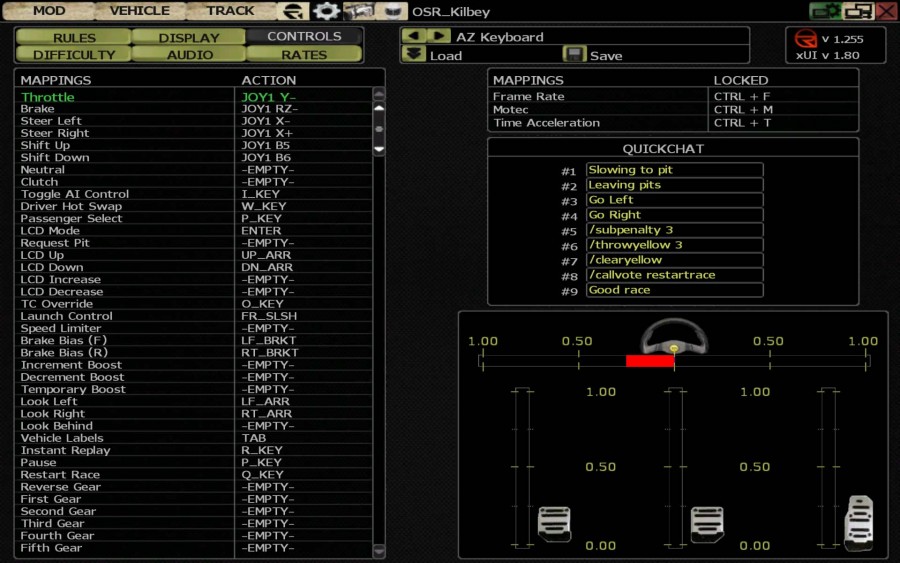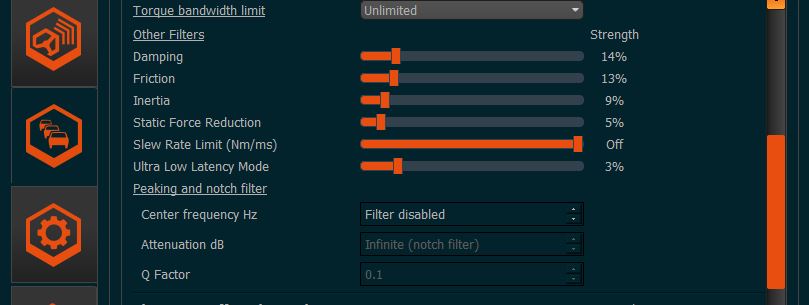

I actually spend a fair amount of time on one called Drift Playground. AC also has skid pads, figure 8s, and some great drift courses. I like Karelia Cross and Gentlemen’s Rallycross in Assetto Corsa. In the virtual world, some of my favorite training tracks are fantasy rally courses.

Whatever your budget happens to be, you want to get the most for your money. Whether you’re talking about a $1000/day racing school, time on a simulation rig, or driving around a parking lot, there are always expenses. 1 hour on track is okay at the start when track days are overwhelming, but once you get over that, 2 hours is better. You can’t do that with a couple 60 second autocross runs per day. Some people learn faster than others, but everyone has to earn their own expertise. You can buy a lot with money, but not expertise. Ultimately, there’s no substitute for practice time. Slow speeds and low grip are the formula that let you explore the critical border between slip and grip.

That safety equates to your confidence and ability to learn. And speaking of speed, you don’t need sticky tires either. You don’t need to go fast to work on technique. If a track can be run in a reverse direction, that’s a bonus. 90s, carousels, decreasing radii, off camber, ascending/descending, etc. Each type of corner has a different optimization strategy. Getting better at track driving means getting better at braking, steering, accelerating, and most importantly, combining them to achieve balance. That means you don’t want lap times that are 4 minutes long. If you’re working on your technique, you need repetition. We hope that this guide will help you get started in adjusting the graphics settings for rFactor 2.If you were headed to a track right now and wanted to work on your driving skill, which track would you choose and what drills would you do? First, let’s consider what makes a track great for learning. Of course, you may have to experiment with different settings to find what works best for you and your computer. So here were our recommended settings for having the best graphics in rFactor 2. In terms of HUD, we recommend using the default 397 HUD as it’s the most informative and user-friendly.Īs always, make sure to save your settings after making any changes. You may also want to try different settings in terms of post-processing effects, shadows and soft particles as they can also impact your gameplay. rFactor 2 Graphics settings DisplayĪs you can see you’ll want to run really high settings in terms of resolution, refresh rate and circuit detail as that can make a big difference to your rFactor 2 experience. That being said, here’s a list of some general tips that will help you get the most out of rFactor 2’s graphics. It really comes down to what you as an individual prioritize while racing. Some may want to have a higher resolution while sacrificing fps whereas others may want to have the best framerate possible. Graphics settings are usually a personal preference, so what looks good on one person’s screen might not look as good on another person’s screen. Personal preference influencing RF2 graphics settings The process of testing and tweaking rFactor 2’s graphics settings can be time-consuming, but it’s worth it to find the perfect balance for your system. In fact your graphics card (GPU) will be different from other sim racers and so according to its specs you’ll be able to run different settings. As a result, you may have to experiment with different settings to find what works best for you. Adjusting graphics based on your GPUįirst and foremost, it’s important to understand that every person’s computer is different. This article will guide you through some of the best graphics settings for rFactor 2. The good news is that with the right settings, rFactor 2 can really look amazing. Looking for the best and most realistic graphics settings to race on rFactor 2?Īs you can imagine having the appropriate graphics settings is crucial to having an enjoyable and realistic experience while racing.


 0 kommentar(er)
0 kommentar(er)
